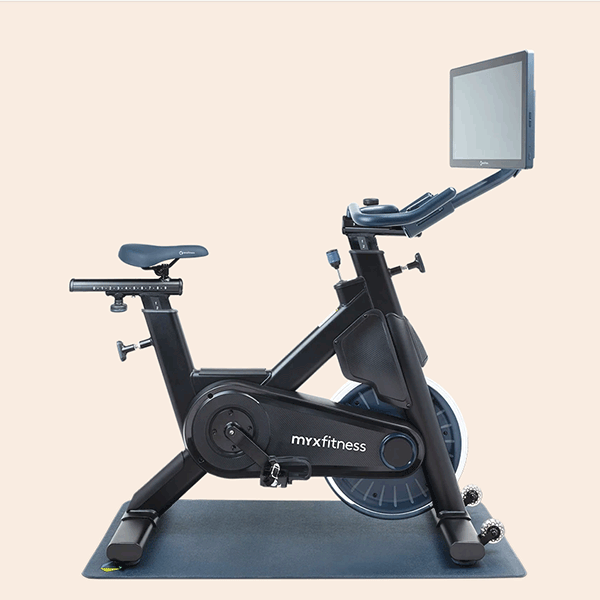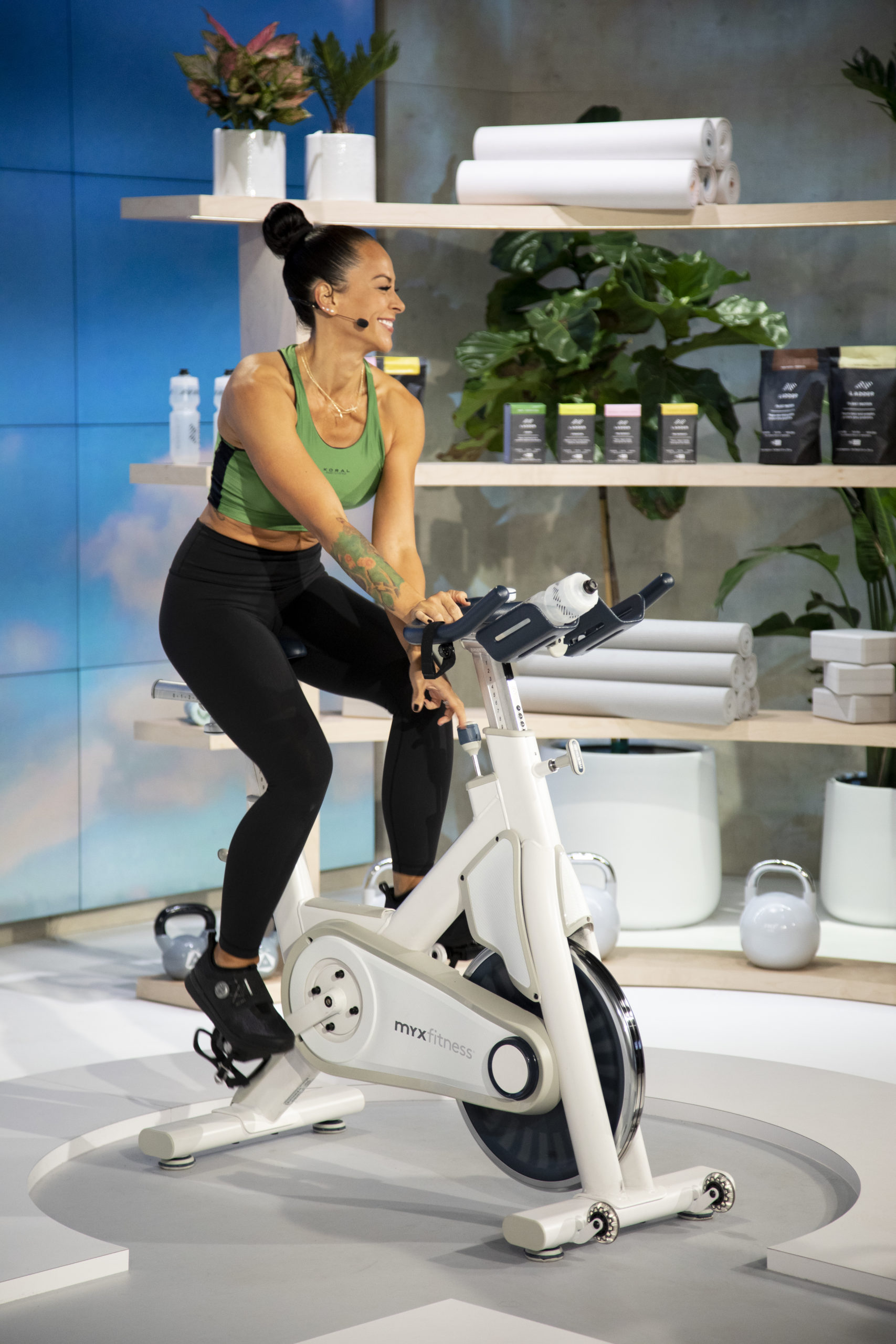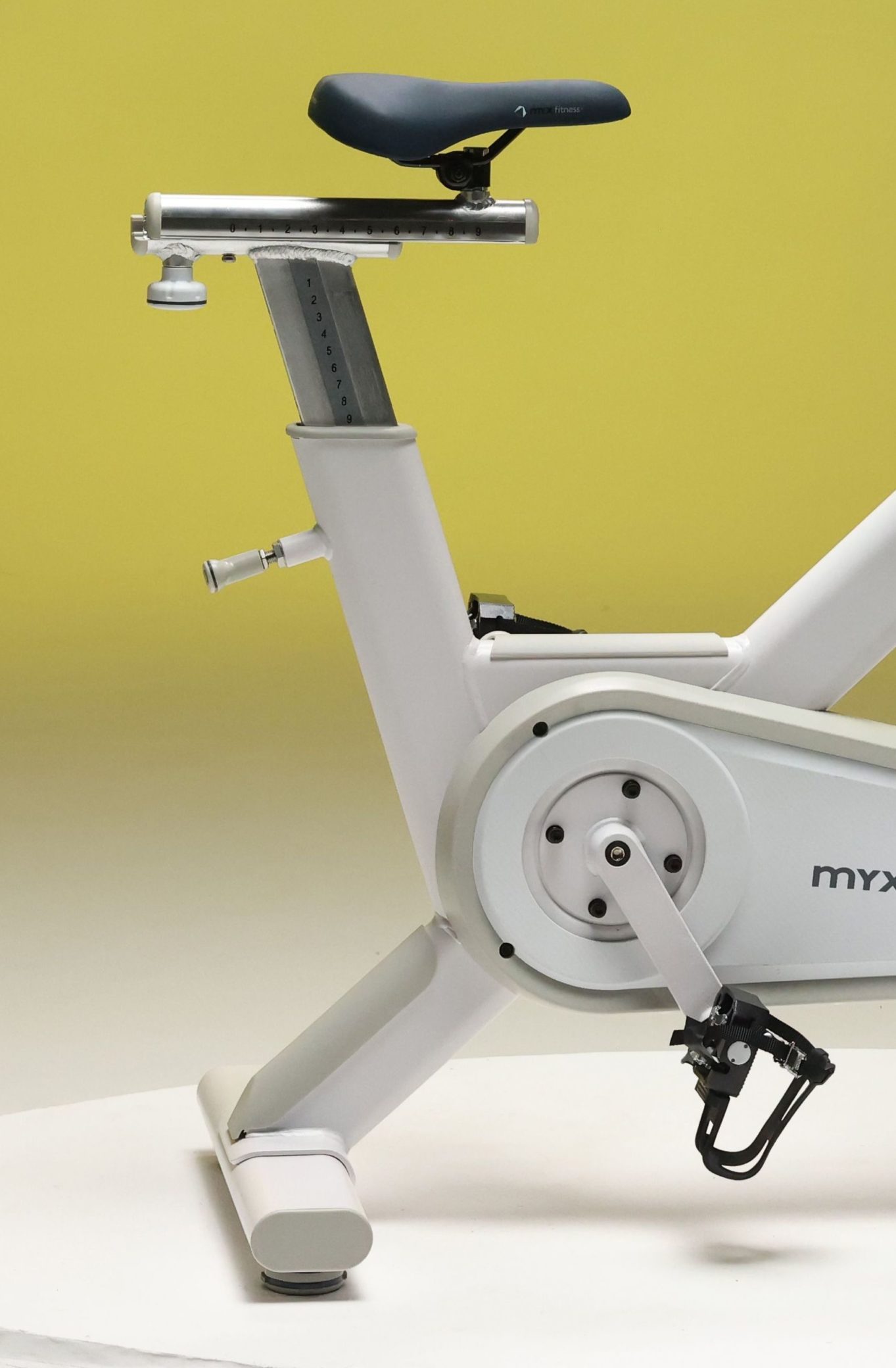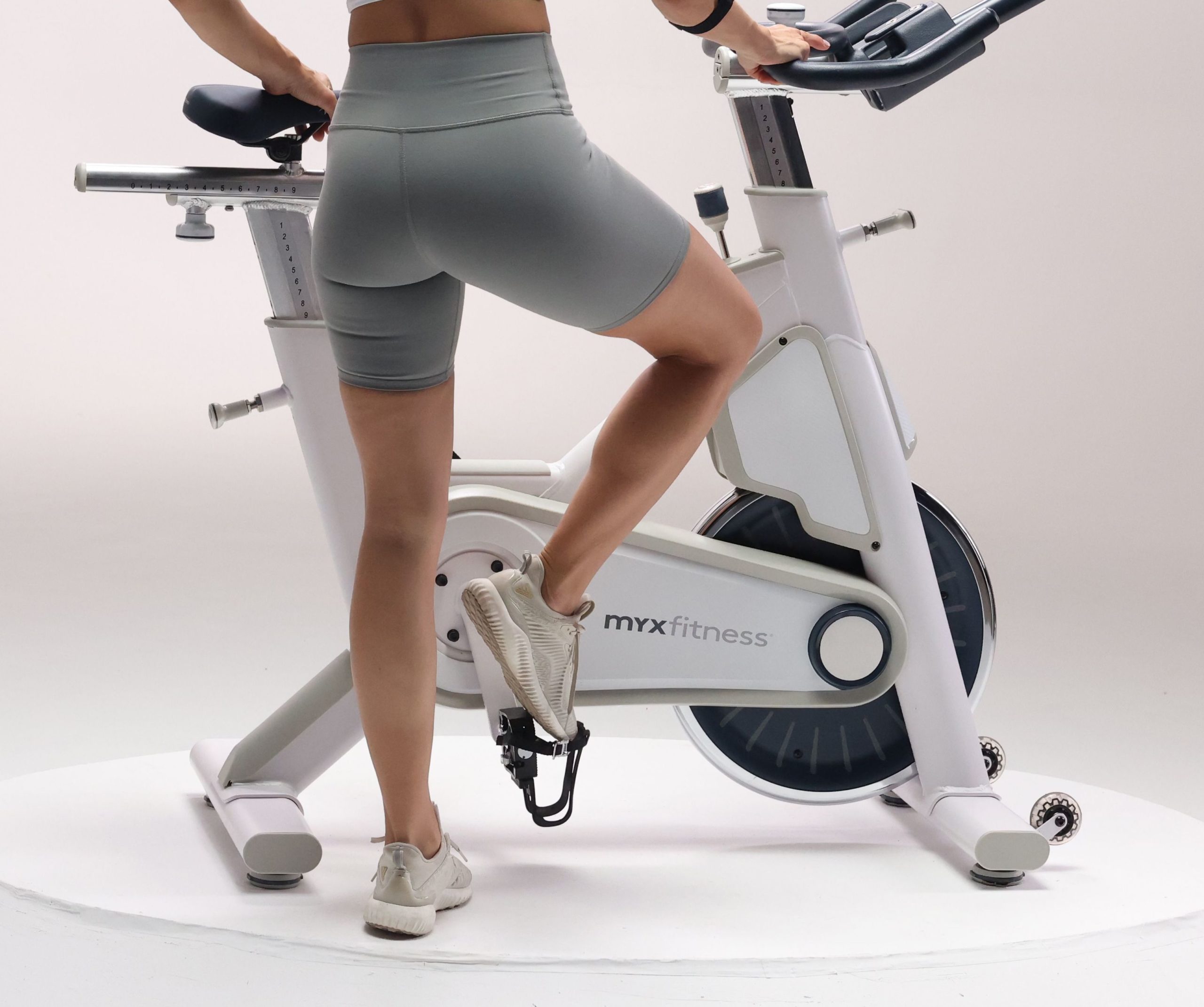Physical Address
304 North Cardinal St.
Dorchester Center, MA 02124
Physical Address
304 North Cardinal St.
Dorchester Center, MA 02124

When you start Closed bikingTaking time to get acquainted with movement is not only the necessary adjustment. There may be a learning curve in terms of terminology, as well as all sports and activities.
Fortunately, Melanie Melillo, CPT, there is to give you a cheater for the next cycling class. She shares some of the most common conditions for Closed biking So you can feel like an insider at any time.

Way to indicate how to adjust your place, Melillo says this will bring this closer to the seat or away from the steering wheel:
It can be tricky to understand this distance if you are a beginner, so take a little time to adjust the front and back before driving, so you’re ready.
This is how fast legs are pedaling at any time and measure in RPMS, says Melillo. They are all natural cadence is slightly different, especially given different levels of experience. Most recreational cyclists have cadences of about 60 to 80 rpm, and elite cyclists can be around 90 to 100 rpm.
The Q-factor is the distance between the pedal. For example, Bike bike uses an optimized Q-factor of 165 mm to reduce Stress knees.

The taller you set up resistance, the more power will need for the pedal. This is similar to speeds on a road bicycleWhere lower gears make pedaling much easier, and higher gears take more effort for the pedal. On many bikes, you can adjust the resistance with the button.
Crank is a hand holding the pedals. This is a shortened version of the term bike: Cranket.
Flywheel is a weighted disk that connects to pedals and simulates the feeling of an external bike. They also help create hunger driving and help building swing for greater efficiency and speed. Body bike has a 41-pound flywheel.

Also known as the seat. Good adjustment rule Seat height Was that saddle should be on the side when standing next to him.
This is a unit of measurement for power or speed that is used over time over time. The more Oomfa applied to the pedals, the greater flock. You can easily increase your drain with speed or resistance, says Melillo, and if you want a great change in the public, increase both.
Bicycle shoes that insert in pedals have accessories at the bottom called clips. Melillo says that using these offers more efficient pacifiers because not only pushing the pedal, but also pull it out.
In the traditional bike without clips, most of your efforts are on pushing movements, and you can lose efficiency while the pedal appears. Some closed bikes require clips, but not all of them. For example, you can choose a piston in the bike bike, but you can wear ordinary shoes if you want.

If you don’t have shoes about or just want to wear your ordinary shoes, there’s a pedal option with a cage toe, which means you insert your shoe and secure. This can provide many of the same benefits as coating and maintains your shoes in place.
If you cycling outside, you go up a hill would add a natural amount of resistance to keep your pace. On a closed bike, this feeling is replicated by adding additional resistance to speed. Depending on the exercise or instructor, you may be from the saddle for some or most of the rises.
“The training of your body and the mind is to climb in the rise while staying in the saddle is an incredible challenge,” says Melillo. “Usually, in the rise, you add resistance and slow your legs up to revocation to make you feel outdoors.”
Similar to going to run and doing sprint intervals Where to run as fast as it is faster, sprinting on a closed bike includes short-term, all exposed effort that lasts 30 seconds Max, says Melillo and takes your heartbeat to 92 percent Your maximum heartbeat. You can also hear coaches use the term “push”, which refers to the speed, but you can hold it for more than 30 seconds, and it is not always the maximum effort, says Melillo.
This is a sign for getting out of the saddle to set two, which simulates a bit running in place. This is usually used during High intensity intervals. Melillo adds that it can also relate to the speed of your legs, similar to running, not running.
“This is great to do at 75 to 85 rpm,” she says. “Sometimes we say” Running from the saddle “, which is like running, but a little slower inputs.”